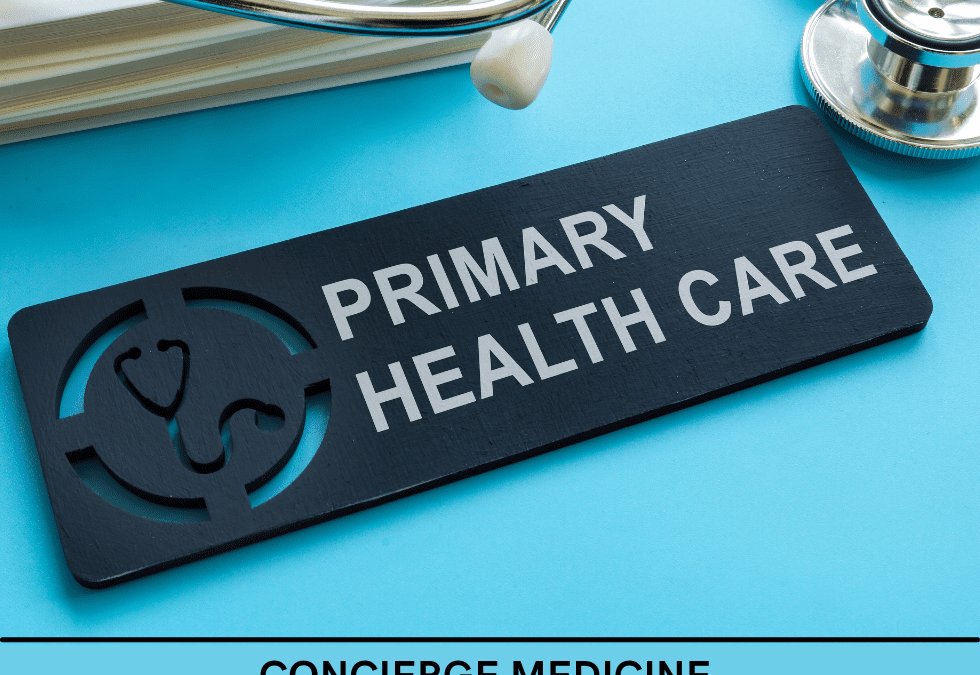Concierge Medicine vs. Direct Primary Care (DPC): What’s the Difference?
In recent years, two innovative healthcare models have emerged as alternatives to traditional insurance-based medicine: Concierge Medicine and Direct Primary Care (DPC). Both have grown in popularity as patients look for more time with their providers, better access, and transparent pricing.
Although concierge medicine and DPC share similarities, they also have key differences that may help you decide which model best fits your needs.
Similarities Between Concierge Medicine and DPC
Both concierge medicine and DPC use a membership-based model. Members pay either a monthly or annual fee, often out-of-pocket or through their employer.
Key Similarities
-
Smaller patient panels: Compared to traditional practices, these models limit the number of patients, which means longer visits (often 30 minutes) and better care coordination.
-
Improved access: Appointments are available in-person or virtually, with options for text messaging, phone calls, or secure portals for communication.
-
Better patient experience: With fewer patients per provider, more time is spent addressing health needs rather than rushing through 15–20 minute appointments.
Key Differences Between Concierge Medicine and DPC
Although these models overlap, there are important differences when it comes to pricing and insurance involvement.
Pricing
-
DPC: Membership fees are usually lower, ranging from $35–$100 per month.
-
Concierge medicine: Membership fees are higher and may include premium services such as advanced vascular scans, specialty preventive testing, or executive physicals.
Insurance
-
Concierge practices: Many concierge clinics still bill insurance for covered services. The membership fee is in addition to what insurance pays.
-
DPC practices: Pure DPC clinics do not bill insurance at all. Patients sign an agreement acknowledging this and commit to paying the membership fee directly.
This doesn’t mean insured patients can’t join a DPC—it simply means care is transparent and independent of insurance billing requirements.
Why Join Compassion Primary Care’s DPC Model?
At Compassion Primary Care, our Direct Primary Care membership provides affordable, comprehensive care with a personal touch.
Membership Benefits
-
Annual physical exam
-
Same-day and next-day appointments
-
Virtual and in-person visits
-
Chronic disease management
-
Discounted labs and imaging for those without insurance (X-rays, ultrasounds, etc.)
-
Discounted generic medications for those without insurance
This model allows you to spend more time with your provider and focus on prevention, not just treatment.
Call or text 813-669-3084 to become a member and experience healthcare the way it should be, personalized, convenient, and affordable.
Nursing your journey to lasting wellness
